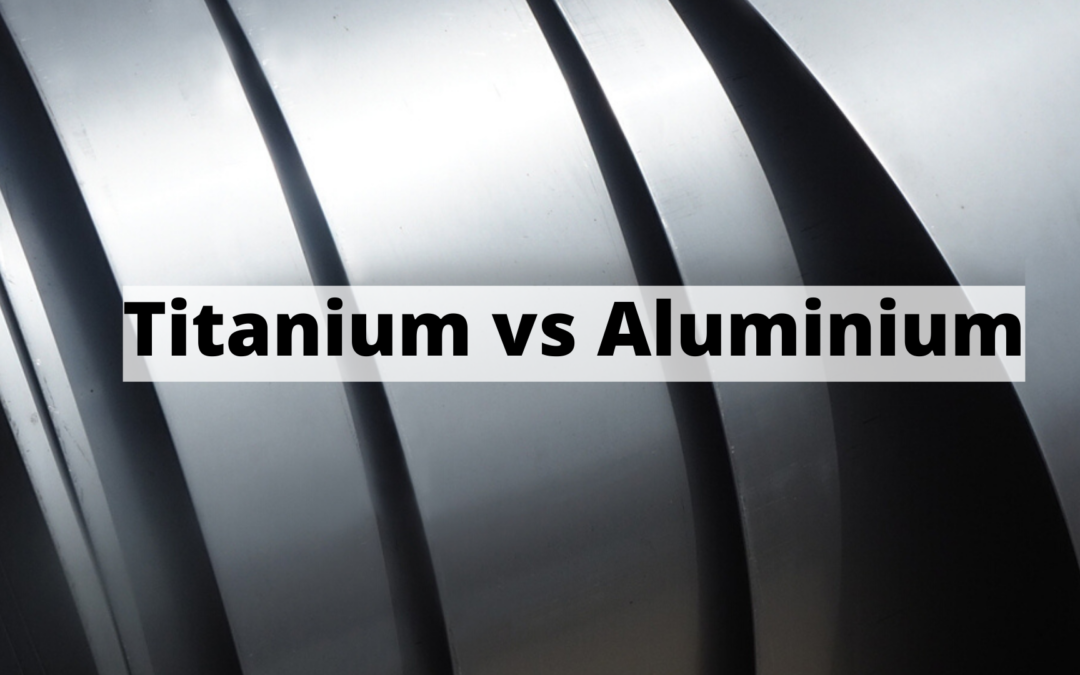Introduction
Recent studies of metal alloys and surface technologies have discovered that these two materials have features that enable them to be used in previously unthinkable ways. There are various aspects to consider when deciding between titanium and aluminium. You should keep in mind, however, that each of these metals has possible advantages and disadvantages. These factors will influence your decision.
Cost
When it comes to selecting a metal for machining, the cost of manufacturing is the most important factor to consider. Aluminum is frequently less expensive to produce and cast than titanium. Aluminum is a low-cost metal that may be used for CNC machining and a variety of other prototyping methods. Titanium, on the other hand, has a high cost of mining and manufacturing. Its applications, such as in the broad consumer market, are limited by its high cost. However, if the cost of titanium vs. aluminium isn’t an issue, titanium is an excellent choice for machining when other factors are taken into account.
Applications
More significantly, you should think about where you’d like to use your product. Will the component need to be exposed to degrading conditions? Is there a requirement for the component to meet certain strength or weight requirements? Taking all of these factors into account, as well as many more, will help you make an informed decision.
While aluminium and titanium’s qualities make them valuable in a variety of applications, they also have their own set of uses. Titanium is used more in aerospace, satellite components, medicinal applications, fixtures, and marine components, for example. Aluminum, on the other hand, is frequently used in bicycle and car frames, electrical conductors, small boats, heat sinks, and other applications requiring high thermal conductivity.
Machinability
The geometrics of your final prototype will also influence your metal material selection. It also defines which method of titanium machining vs. aluminium machining you will use in the production of your part. Aluminum is generally easier to mill and process than titanium, which is more difficult to deal with. As a result, whenever high-quality parts are required rapidly, aluminium will be an excellent choice.
Machining Waste
When deciding between titanium and aluminium for part production, this is another crucial issue to consider. Consider the geometrical complexity of your design. Machining may be constrained in some way, regardless of the material used, due to complex geometrics. As a result, grinding extra material may be unavoidable. In this example, manufacturers chose aluminium over titanium since it was less expensive. Manufacturers may use aluminium for prototyping before transitioning to titanium for high-volume production.
Aesthetic Requirements
Although surface treatments may be incorporated into your design, some as-milled finishes may necessitate the use of specific hues. Titanium has a silvery surface that appears darker when exposed to light. Aluminum, on the other hand, is a silvery white metal. It can range from silver to dismal grey depending on the material surface.
Which Metal Should I Choose Between Titanium and Aluminum?
Both of these metals are used in a variety of industries. In some cases, you’ll find them to be beneficial in the same circumstances. The type of metal you use for prototyping will be determined by the eventual product’s intended use. Cost, strength, machinability, and other factors are also taken into account.
How Can I Differentiate Between Titanium Vs. Aluminum?
Titanium is far more durable than aluminium. As a result, when aluminium is filed, it tends to rub off in small gobs, whereas titanium does not. You can also distinguish them based on their respective colours. On diverse surfaces, aluminium ranges from silvery white to drab grey, whereas titanium is a dark silver metal.
Which lasts longer, Titanium or Aluminum?
Both materials are more durable and can be used for extended periods of time. When it comes to rigidity and durability, though, titanium outperforms aluminium. Components made of titanium can last for years without showing signs of wear and strain. It will endure longer because to its superior corrosion resistance and capacity to withstand stress.
Conclusion
In the prototype industry, titanium and aluminium are two essential metals. Aluminum and titanium are versatile materials with uses in a variety of sectors due to their characteristics. The characteristics of titanium and aluminium were compared in this blog. You must also consider a number of things before deciding on one of these metals.
Read more :
how to select the appropriate titanium grades Titanium grades and titanium alloys its other alloys and products explained well.


Recent Comments